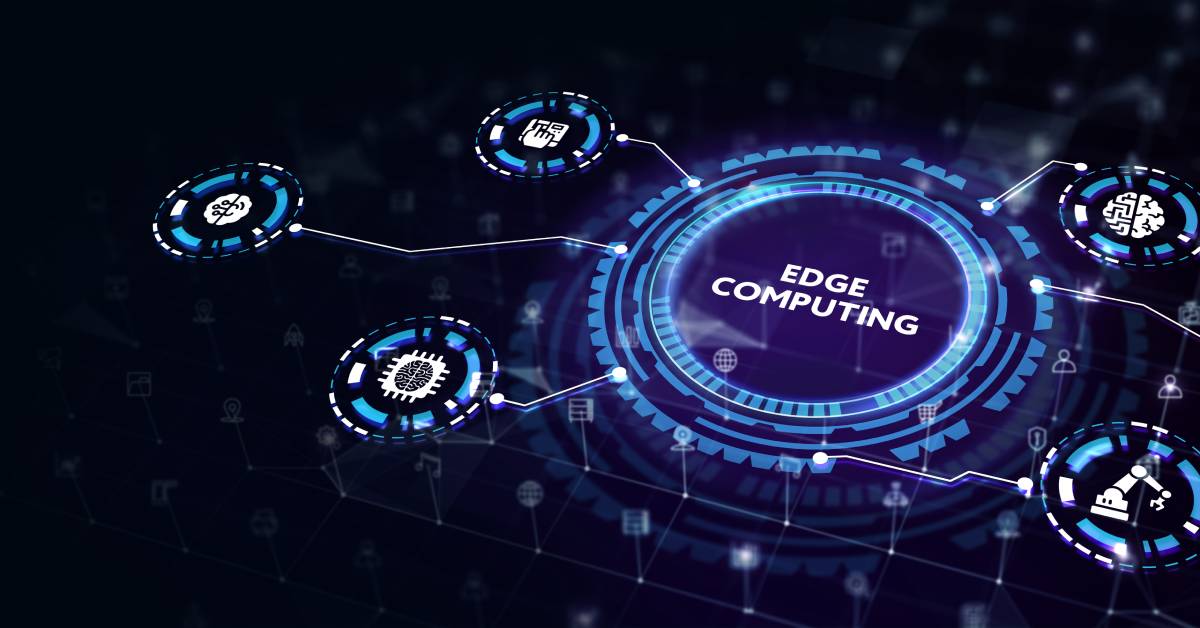
Edge computing is rapidly transforming the way businesses operate and manage data. It represents a significant shift from traditional cloud computing, bringing data processing closer to the source where data is generated. This blog post will take a look at the benefits of edge computing.
Reducing Latency for Real-Time Applications
One of the primary benefits of edge computing is its ability to reduce latency. In industries where real-time data processing is critical, such as healthcare, finance, and manufacturing, even a few milliseconds of delay can have significant consequences. Edge computing ensures that data processing occurs closer to the data source, minimizing latency and enabling real-time applications to function effectively.
Enhancing Security and Privacy
Edge computing also offers enhanced security and privacy benefits. By processing data locally, businesses can reduce the amount of sensitive information transmitted over the network, minimizing the risk of data breaches and cyberattacks. This localized approach to data processing ensures that critical data remains within the organization’s control, enhancing overall security.
Furthermore, edge computing allows businesses to implement security measures closer to the data source, providing additional protection against potential threats. In industries such as finance and healthcare, where data privacy is paramount, edge computing can help meet regulatory requirements and safeguard sensitive information.
Scalability and Flexibility
Edge computing provides businesses with greater scalability and flexibility than traditional cloud computing. With edge computing, companies can deploy and manage computing resources as needed, scaling up or down based on demand. This flexibility allows businesses to respond quickly to changing market conditions and customer needs.
Additionally, edge computing enables businesses to optimize resource utilization by distributing computing tasks across multiple edge devices. This distributed approach reduces the reliance on centralized data centers, minimizing infrastructure costs and improving overall efficiency. By leveraging edge computing, businesses can achieve greater agility and responsiveness in their operations.
Improving Reliability and Resilience
Edge computing enhances the reliability and resilience of business operations by reducing the dependency on centralized cloud services. In traditional cloud computing environments, network outages or disruptions can lead to significant downtime and loss of productivity. Edge computing mitigates this risk by distributing data processing tasks across multiple edge devices, ensuring continuous operation even during network failures.
For instance, in remote or harsh environments where network connectivity may be unreliable, edge computing enables local data processing and decision-making, minimizing the impact of connectivity issues. This resilience is particularly valuable in agriculture, mining, and oil and gas industries, where uninterrupted operations are critical.
Edge computing is a game-changer for modern businesses. By understanding and leveraging its power, businesses can stay ahead of the competition and thrive in the digital age. Now that you’ve taken a look at the benefits of edge computing, you can find ways to use this technology to support your business.
If your business is ready to build a decentralized computing setup, AMCO Enclosures can help. With our server racks and aisle containment systems, you can create a reliable, scalable approach to computing.
